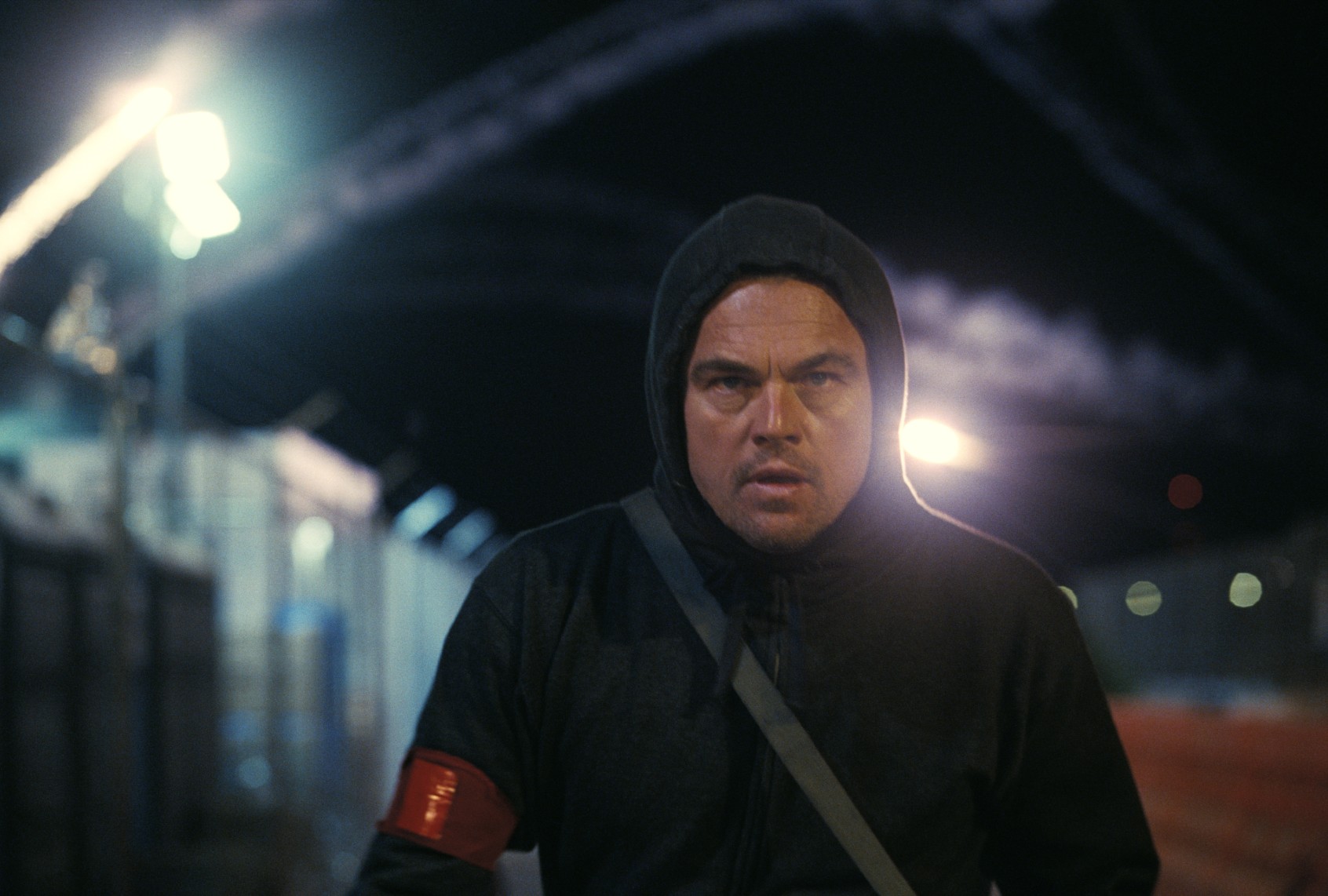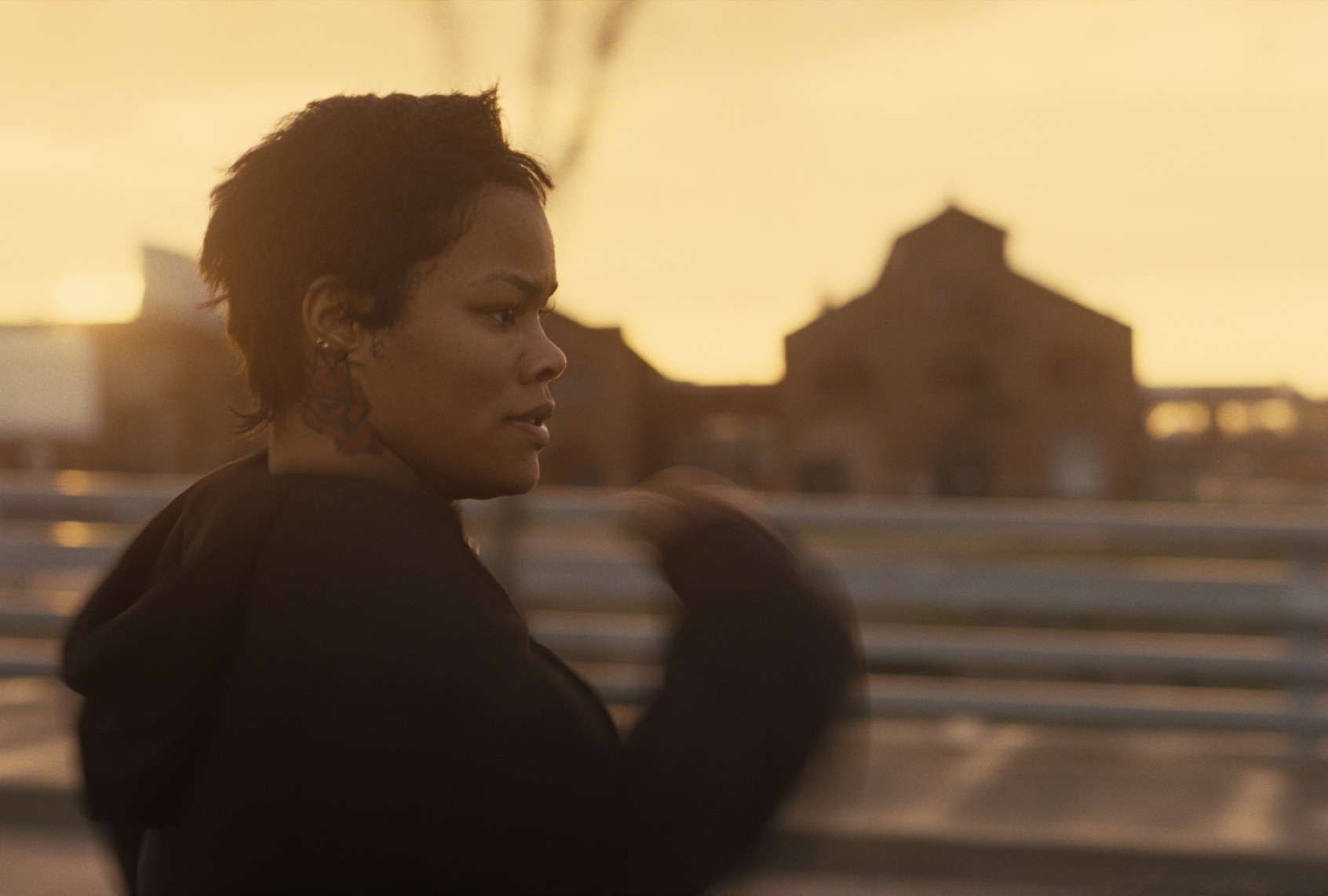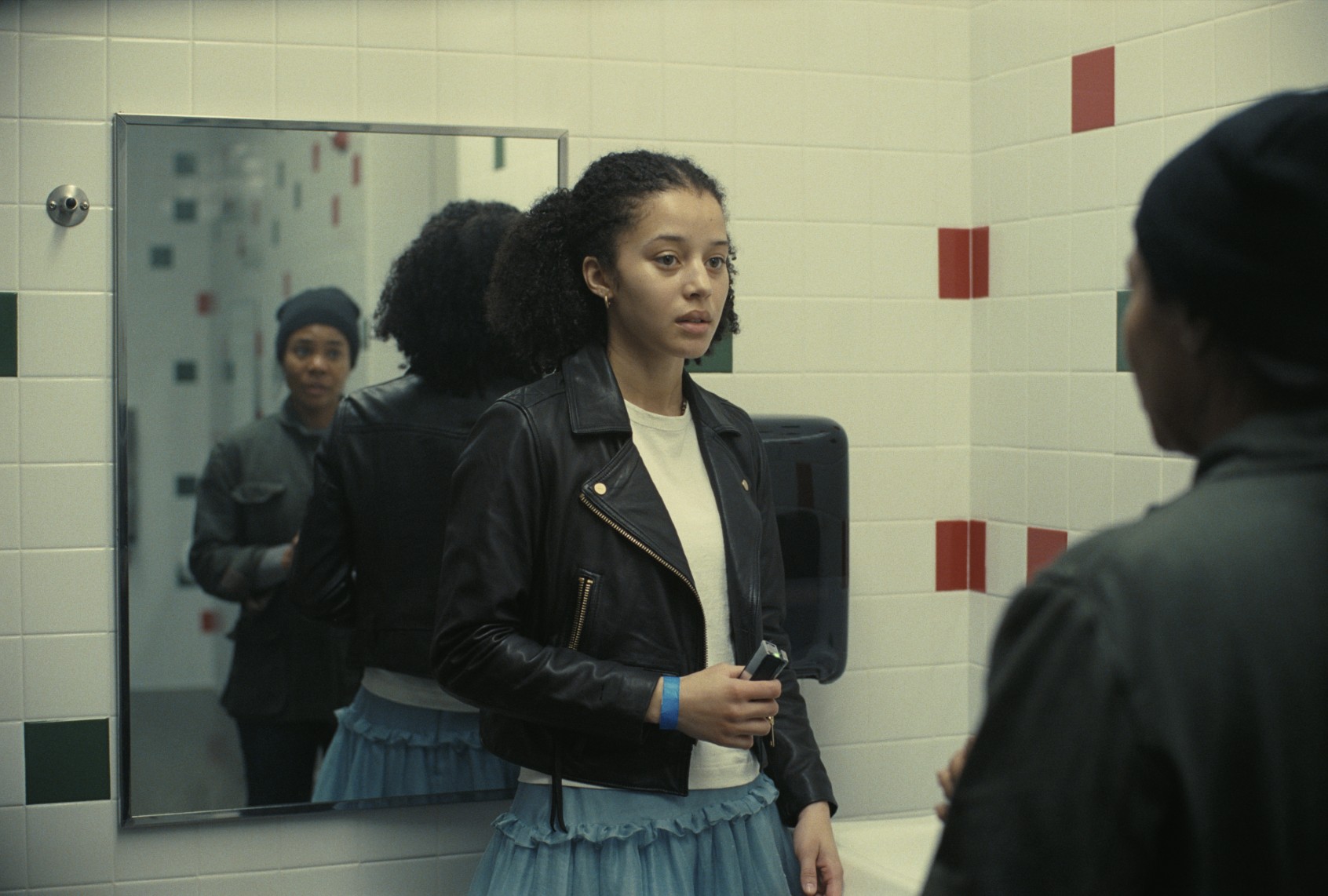Last week, a five-hour-long televised memorial service was held for Charlie Kirk, the late hatemonger whose “debate me” platform was designed to get a rise out of his ideological opponents and energize his growing conservative following. During this dismal Barnum & Bailey act, Donald Trump did an inordinately goofy dance during a performance of “America the Beautiful” while Kirk’s widow, Erika, stood next to him, mourning. Elsewhere, a man carrying a giant, wooden cross strolled through Arizona’s State Farm Stadium, encouraging attendees to drop to their knees and pray at will. The crucifix was on wheels, because in modern-day America, an integral part of choosing your cross to bear is figuring out how to make it everyone else’s problem.
It’s difficult not to dwell on just how clownish our current reality has become while witnessing the absolute foolishness of this spectacle. The thousands of people attending this dystopic bereavement rally don’t feel the least bit silly doing all of this for someone with such a wacky gum-to-tooth ratio? The rapid descent into delusion in the name of unmitigated cruelty and hollow provocation would be laughable if it weren’t terrifying at the same time. These are times so surreal that even one of cinema’s most nostalgia-obsessed auteurs felt compelled to return to the present, if only to offer some sympathy. And in Paul Thomas Anderson’s sprawling contemporary epic “One Battle After Another,” it’s startling just how comforting a cinematic hand on the shoulder can be.

(Courtesy Warner Bros. Pictures) Leonardo DiCaprio as Bob Ferguson in “One Battle After Another”
“One Battle After Another” is entrenched in the folly that comes with our ultramodern push-and-pull between two extremist modes of thinking.
Loosely adapted from Thomas Pynchon’s 1990 novel “Vineland,” which follows a group of fictional ’60s revolutionaries as they come to muddy through the Reagan era, Anderson uproots Pynchon’s tale and funnels it through the now, finding eerie resonance in its perennial themes. “One Battle After Another” stands at the dividing line of a world torn in two, surveying the damage the fissure has caused and watching smoke from fires on either side rise and twist into one noxious plume in the sky. Replete with fury-charged performances and sprinkled with obsidian comedy, Anderson strikes a keen balance between tones that ring all too familiar, replicating the exhausting struggle to maintain some modicum of integrity in the stupidest, most violent times in history. Yet, even with a radical mindset, Anderson keeps his eye on the little, more human things; not just the big ideas that start revolutions, but the love that keeps us persisting in the face of opposition. In his most personal work yet, Anderson has also crafted what may very well be one of the great films of our time, if only because he is unafraid to look into the future instead of merely chronicling our bleak present.
It’s not as though Anderson has been exactly reticent to live in the moment. Though every film he’s made since 2002’s “Punch Drunk Love” — from the ’50s-era couture romance “Phantom Thread” to the stoner hippie mystery of his first Pynchon adaptation “Inherent Vice” — has been a period piece, Anderson understands that the past bleeds into the future, no matter how hard we try to stop it. A taste for romance and lust for life and all of its many mysteries remain at the forefront of Anderson’s work, no matter its setting. And though he’s undeniably quixotic, PTA’s relentless urgency consistently overrides the sticky trappings of saccharine sentimentality that would snare less ambitious filmmakers.
That distinct urgency is unmistakable in “One Battle After Another” from the film’s opening sequence, where a group of radicals calling themselves the French 75 invade an immigration detention center, flipping the script on its unsuspecting guards and moving the detainees to safe asylum. Led by the high-thinking Bob Ferguson (Leonardo DiCaprio) and his cunning girlfriend Perfidia Beverly Hills (Teyana Taylor), the French 75 announce their arrival by loudly claiming that revolutionary violence is the only way to a better future. And while their message is more clear than, say, the relative lack of motive from someone like Kirk’s assassin, the coincidental correlation between reality and the movies gives Anderson’s film an even more astonishing thematic thrust.

(Courtesy Warner Bros. Pictures) Teyana Taylor as Perfidia in “One Battle After Another”
Undoubtedly, Anderson understood this could’ve been the case. “One Battle After Another” is entrenched in the folly that comes with our ultramodern push-and-pull between two extremist modes of thinking, best exemplified by Colonel Steven J. Lockjaw (Sean Penn), an immigration guard detained and subsequently seduced and mocked by Perfidia. In their brief, intense interaction, Lockjaw develops a covetous one-sided relationship with his conqueror, as rooted in fetishistic lust as it is racism and control. No one joins a revolution to make friends, but Perfidia’s flair for her practice attracts the wrong enemy — not just a bigot, but an obsessive white supremacist whose ability to hold a grudge is the only thing that can match the French 75’s hunger for justice.
Anderson tracks the group through a few more organized missions before things go left, leaving Perfidia in government custody and Bob fleeing with their infant daughter, Willa. Clever as they are, both parties make it out of a tight spot just fine, but it’s Bob who’s left to pick up the pieces. While Taylor departs about halfway through the film, her presence is felt long after its credits have rolled. A total supernova, Taylor’s ability to command the camera is one of Anderson’s great secret weapons, allowing her to go toe-to-toe with a veteran like DiCaprio and come out as one of the film’s most memorable sticking points, despite having half the screentime her co-star does. Taylor imbues a grave defiance in Perfidia, rounding out what could be a one-note character in someone else’s hands into a moving, heartbreaking portrait of a rebel. Taylor beautifully communicates Perfidia’s struggle to honor the line of revolutionaries she hails from while protecting her own child. And in the chain of events her departure causes, Anderson dives headfirst into the film’s more intimate elements, presenting a soulful and darkly humorous counterpart to the film’s cold, violent first act.
Start your day with essential news from Salon.
Sign up for our free morning newsletter, Crash Course.
The prescience of Anderson’s writing can’t be understated, and although the laughter comes from a place of sickly fatigue and mockery toward the conservative powers that be, it does feel like a relief to know that something so clear-eyed is playing on IMAX screens around the world.
Some 15 years later, Bob has successfully avoided custody and lives almost entirely off the grid with Willa (played as a teenager by Chase Infiniti, in her sensational film debut). But just as Anderson knows that the past informs the present, so does the present influence the future. The film’s latter half is ostensibly set more than a decade ahead of present day, a time that, no surprise, looks almost exactly like today, except for that most things are worse and everyone is still mad — Lockjaw among them.
Now higher in rank and decorated for his work apprehending members of the French 75, Lockjaw is invited to join a powerful white supremacist group with a hilariously preposterous name that I shan’t spoil for you. What’s more important is that the group’s ludicrous name so accurately demonstrates the pool of laughably nonsensical sh*t we’ve somehow found ourselves wading through, in a time when a piece of legislation that actively harms the average American can be called the “Big Beautiful Bill.” Just like that bill increased ICE’s funding by billions of dollars, Lockjaw’s new group of bigot buddies aims to use their money to fund covert methods of “racial purification.” The prescience of Anderson’s writing can’t be understated, and although the laughter comes from a place of sickly fatigue and mockery toward the conservative powers that be, it does feel like a relief to know that something so clear-eyed is playing on IMAX screens around the world.

(Courtesy Warner Bros. Pictures) Chase Infiniti as Willa Ferguson in “One Battle After Another”
Unlike Ari Aster’s “Eddington,” which spent far too much time telling the viewer exactly what they already knew about our postmodern psychosis, Anderson grapples with not just what humanity is, but what it can become. Lockjaw’s membership with his white supremacist group hinges on his ability to finish his work with the French 75, which means that both Willa and Bob are shoved back into danger, just when things seemed like they might be calming down a bit. (Sound familiar?)
Soon, father and daughter are separated, and Bob must call on every resource he has to find Willa and ensure her safety. At the same time, Willa, a teenager unmoored by the modern push to turn adolescents into right-wing mouthpieces, is just coming to understand her place and potential in a world that can be as revolutionary as she makes it. The father of four children, Anderson makes no attempt to disguise his struggle with the dissonance between a parent’s love for their child and that child’s discovery of their own agency within the world, particularly one that feels so very frightening. This is the human cycle, a tale as old as time that takes on a grim new undertone in a time when matters feel very much life-or-death. Anderson doesn’t purport to have the answers, only a new way to read life’s instructions. “One Battle After Another” says it all in its wordy title, as tiring to type over and over as it is to experience it every day, fighting some new weak-gummed enemy in the name of simply living for unification over division. In his ambition, Anderson advocates for movement and magnanimity over sitting and spewing, hooking his audience until the journey’s thrilling end, suggesting that the story’s conclusion might just be a brand new start.
Read more
about Paul Thomas Anderson’s ambitious films


